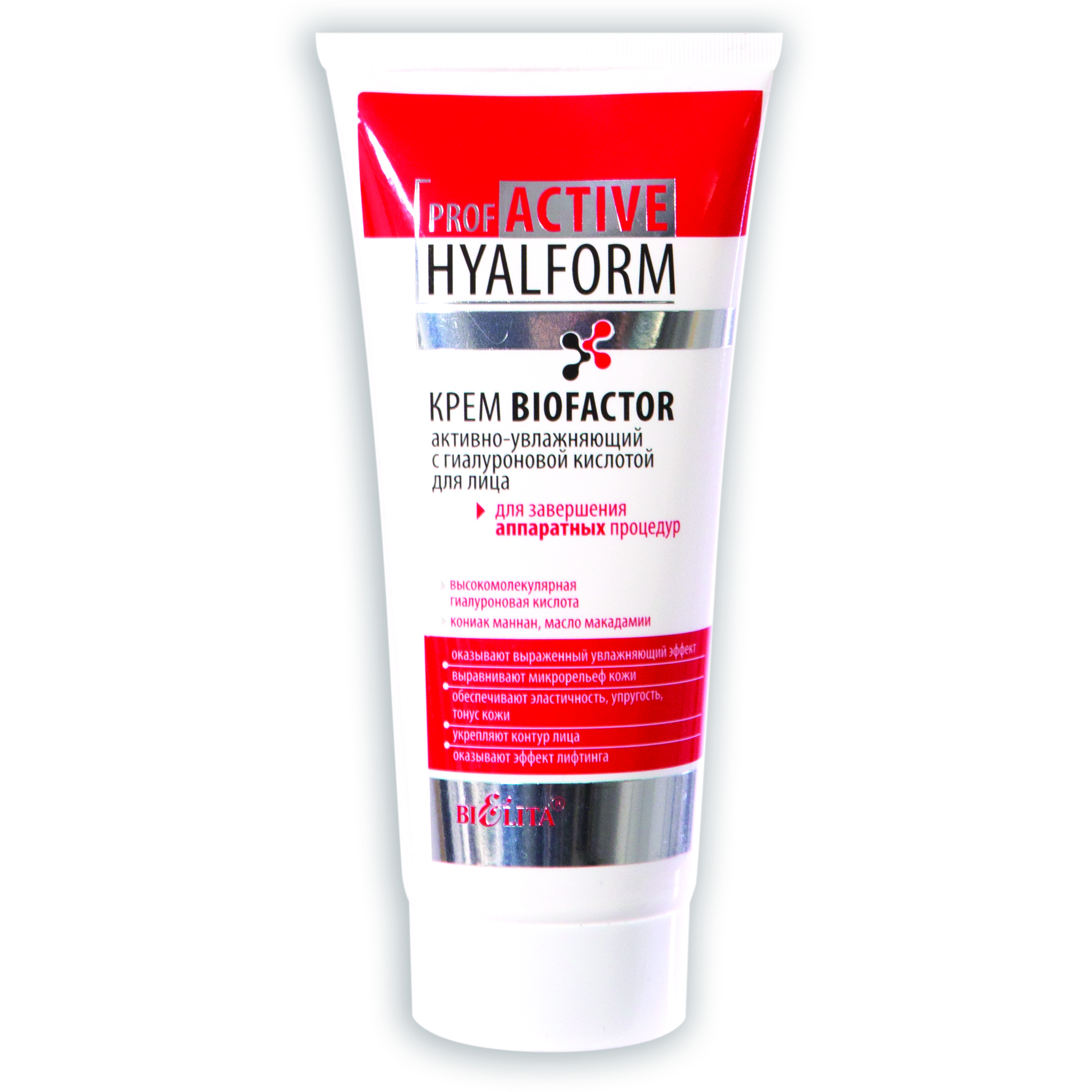

Jeffrey, An Introduction to Hydrogen Bonding (Oxford University Press, New York, 1997). 38, 300 (1960) Google Scholar Crossref, ISI Shimanouchi, Tables of Molecular Vibrational Frequencies, Consolidated Volume (National Bureau of Standards, Washington, DC, 1972). To compensate the lower proportionality coefficient the OH stretch band integrated intensity of the second water species is higher than that of pure water it replaces when increasing acetone concentration. Maréchal, in Hydrogen Bond Networks, edited by M.-C. Although acetone and water are intermingled through H bonds, hydrates in the sense of an acetone molecule sequestering a number of water molecules or altering the H-bonding water network are not present because the principal factors evolve independently. Since these six situations are far less than the 10 principal factors retrieved by FA, other perturbations must be present to account for the difference. The oxygen atoms of both water and acetone can accept 0, 1, and 2 H bonds given by water to yield three water and three acetone situations. Hydrogen bonds on the water oxygen weaken both its OH valence bonds and modify the OH stretch band when water is added to the solution. This is attributable to the two lone electron pairs remaining on the oxygen atom that sustain a large part of the OH valence bond strength. A water molecule isolated in acetone is twice H bonded through its two H atoms although both OH groups are H-bond donors, the OH stretch band is less redshifted (∼138 cm −1) than that of pure liquid water (∼401 cm −1). This indicates that the hydrogen bonding is stronger than the acetone dipole–dipole interactions because it overrides them. Hydrogen bonding is observed on the carbonyl stretch band as water is introduced in the solution, redshifting the band further from its gas position than that observed in pure liquid acetone. Using spectral windowing with factor analysis (FA), 10 principal factors were retrieved, five water and five acetone. In this system, only water can supply the hydrogen atoms necessary for hydrogen bonding.
#Ifactor biologic how to#
View parts 1-5 of this series here: /topics/series/spinal-fusion-coding/.īe on the lookout for Part 7 which will the discuss how to identify instrumentation and devices used.Acetone and water mixtures covering the whole solubility range were measured by Fourier transform infrared attenuated total reflectance spectroscopy. Reporting of BMP (3E0UGB) is optional for reporting in ICD-10-PCS and will depend on the facility guidelines. BMP is expensive and only approved for use in anterior lumbar interbody fusion. Research has shown that the use of BMP in clinical studies successfully stimulated the spinal fusion equal to or better than autograft bone. BMP is used for fusion without the need of the patient’s own bone. Bone Morphogenetic Proteins (BMP)-when used these stimulate the bone growth naturally.Using these do not present a risk for disease transfer like in allograft. These are usually used in combination with the patient’s own bone. These allow for bone growth and are resorbed by the body. Synthetic Bone Graft Extenders-such as calcium phosphates, ceramic and other synthetic material with similar biomechanical properties and structures that are similar to that of cadaver bone.DBM is used as a bone graft extender to obtain more graft volume when needed. DBM can be found is various forms like chips, gel, putty or powder. Demineralized Bone Matrix (DBM)-allograft cadaver bone is manipulated (demineralized) to extract the proteins that stimulate/promote bone formation.There are several types of bone graft substitutes used in spinal fusions: 1. Bone graft substitutes-these are synthetic or a manipulated type of naturally-occurring product.These are coded to non-autologous tissue substitute in ICD-10-PCS fusion procedures when used alone. Allograft bone is oftentimes used as a supplement to the patient’s own bone. This is the most commonly used alternative to a patient’s bone/autograft. Allograft-this is bone that comes from a cadaver or bone graft substitute/tissue bank.

These are coded to autologous tissue substitute in ICD-10-PCS fusion procedure when used alone. Local bone from the lamina and spinous process bone are also considered to be autograft. The iliac crest is the most common donor area used for an autograft in spinal fusion.


 0 kommentar(er)
0 kommentar(er)
